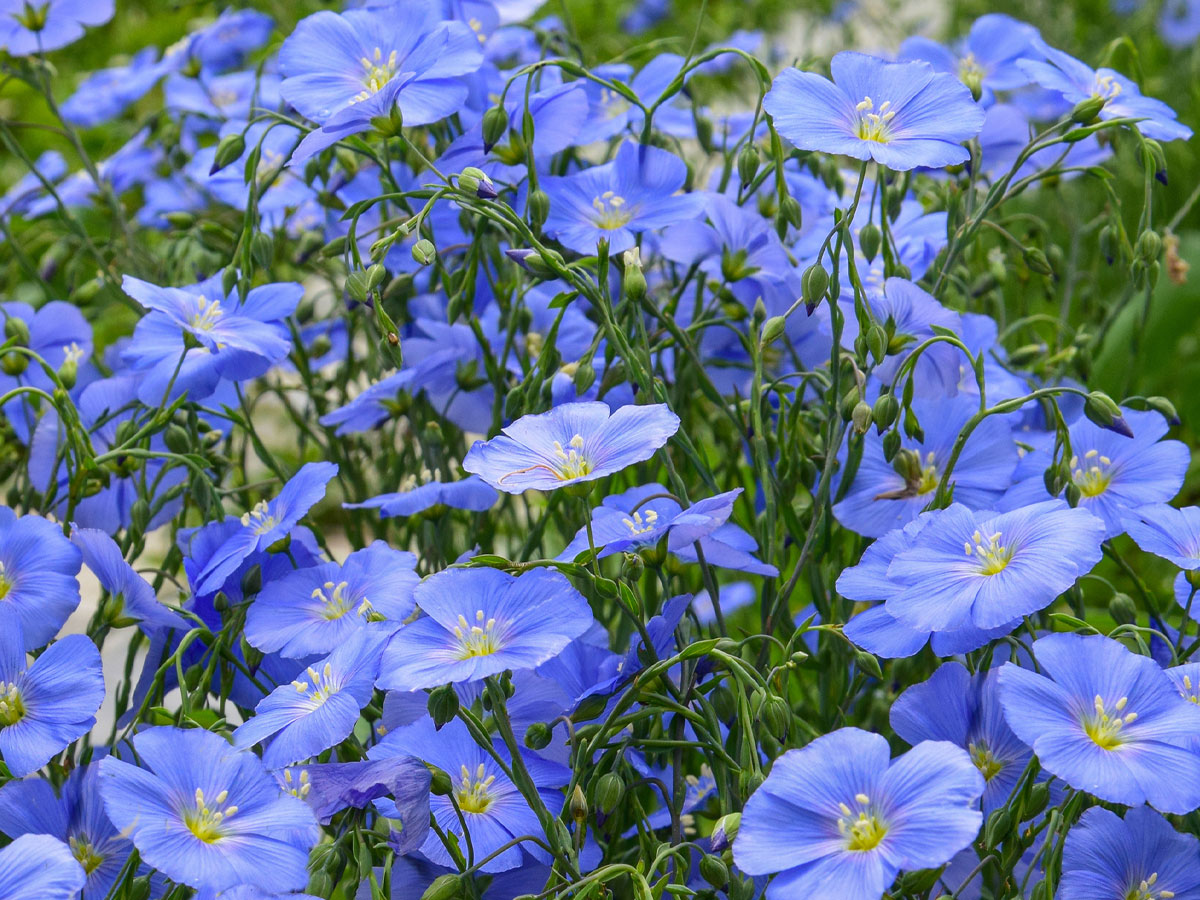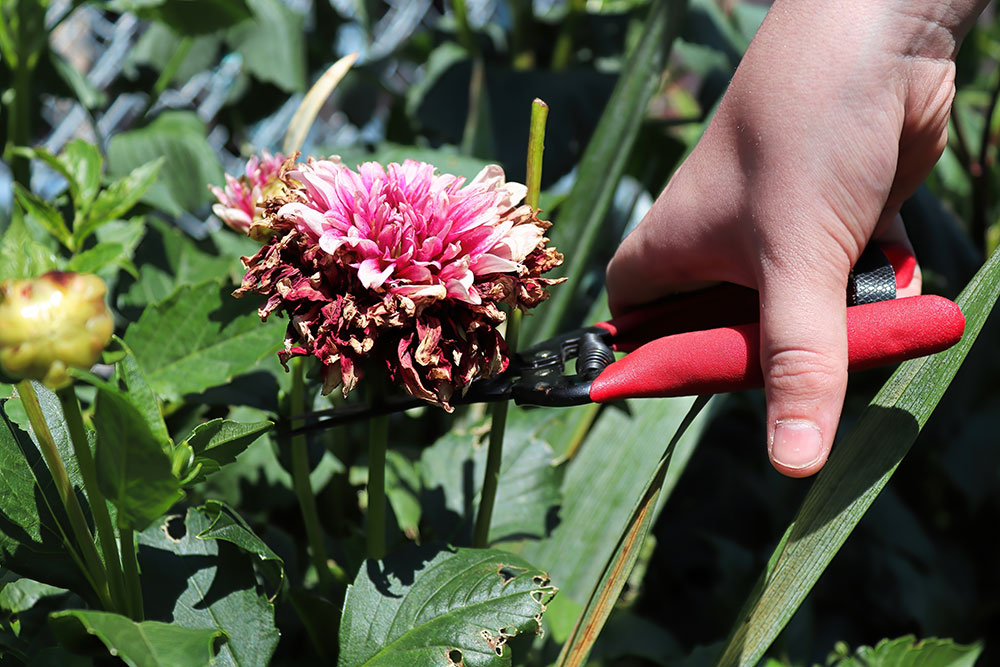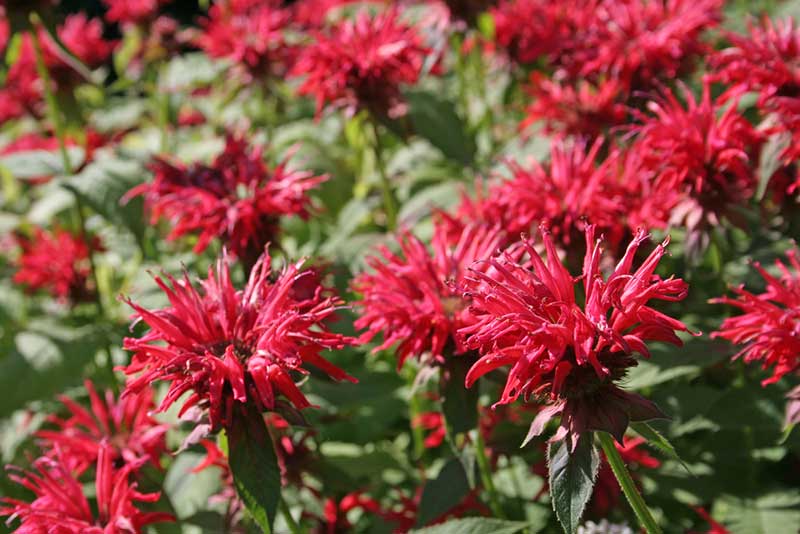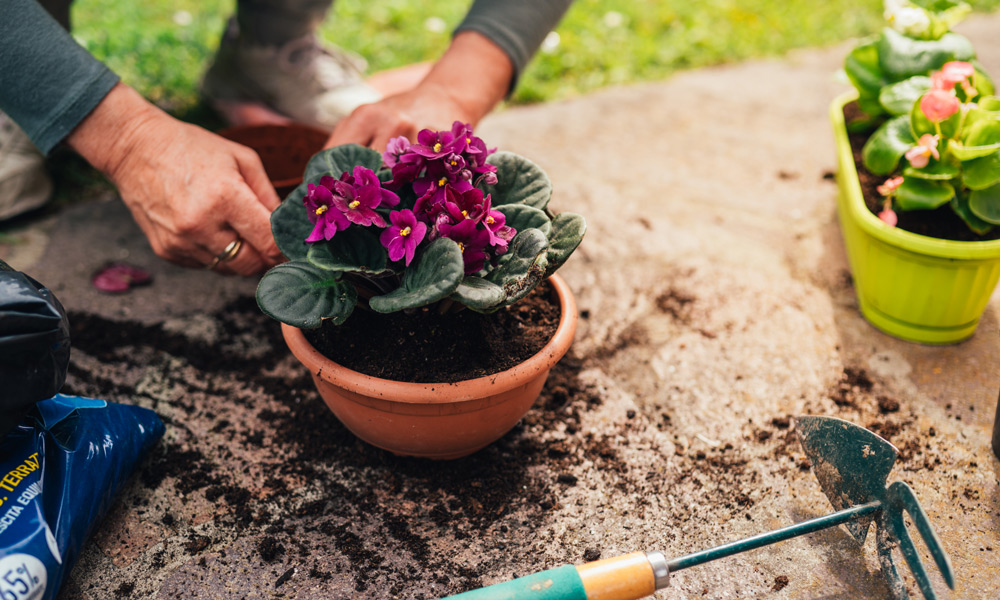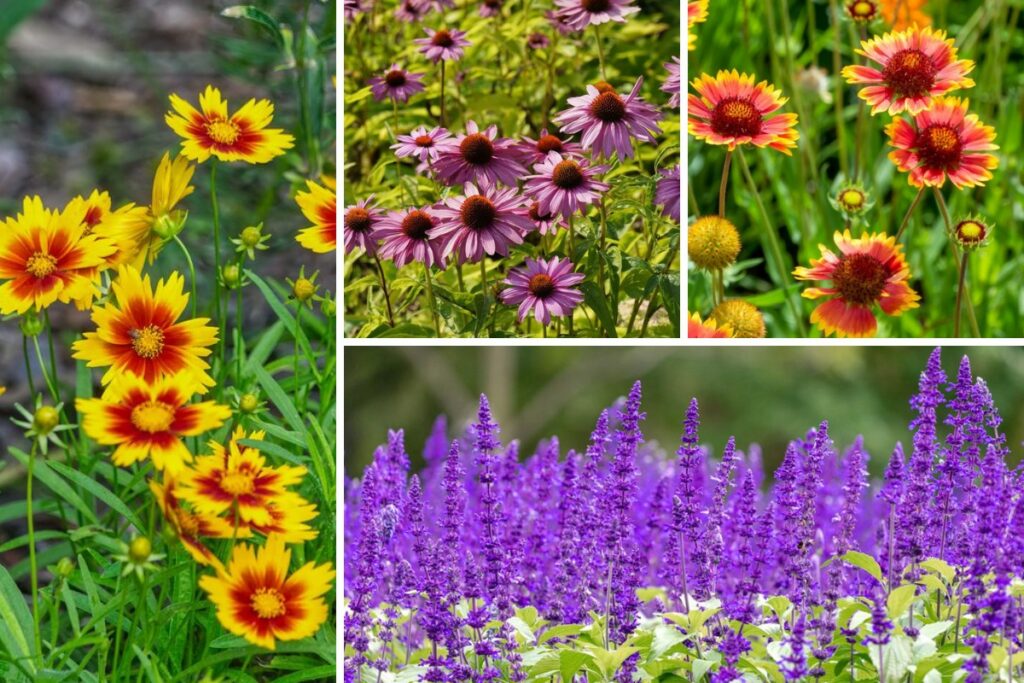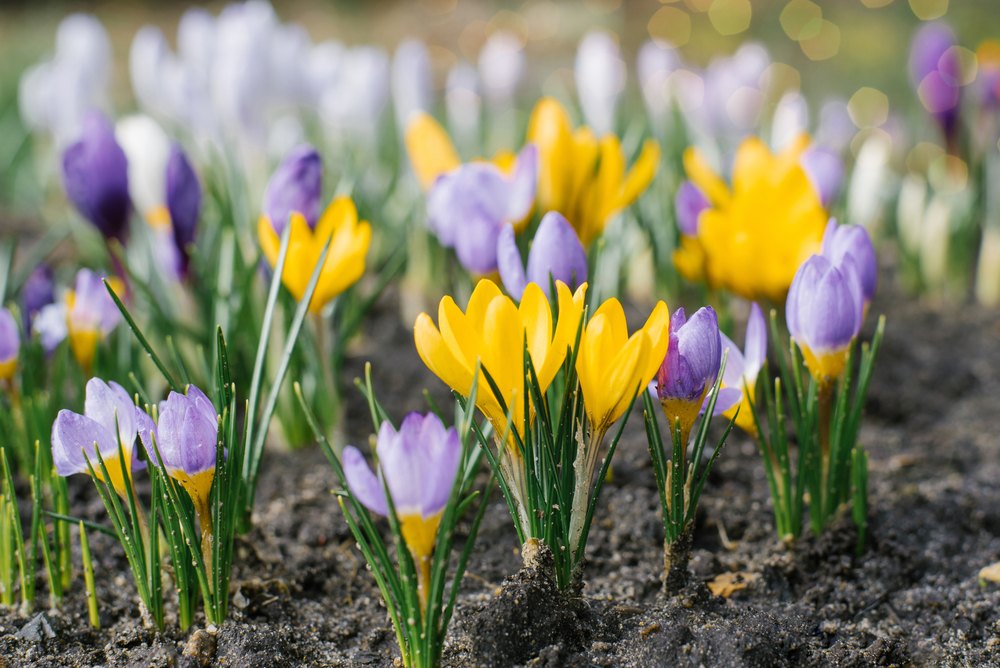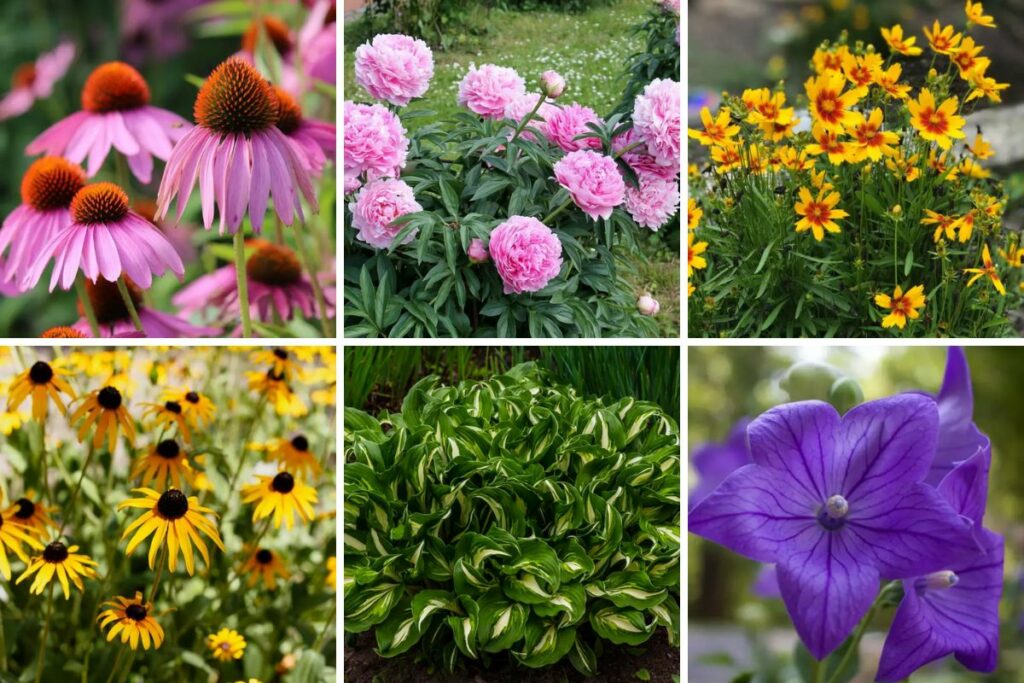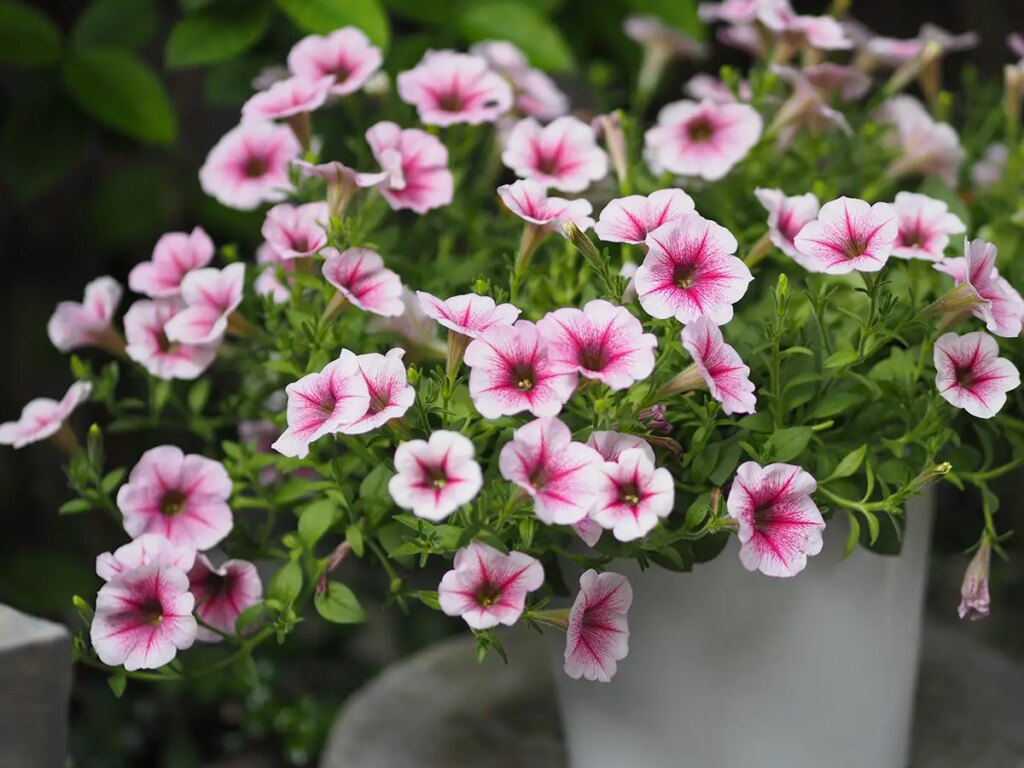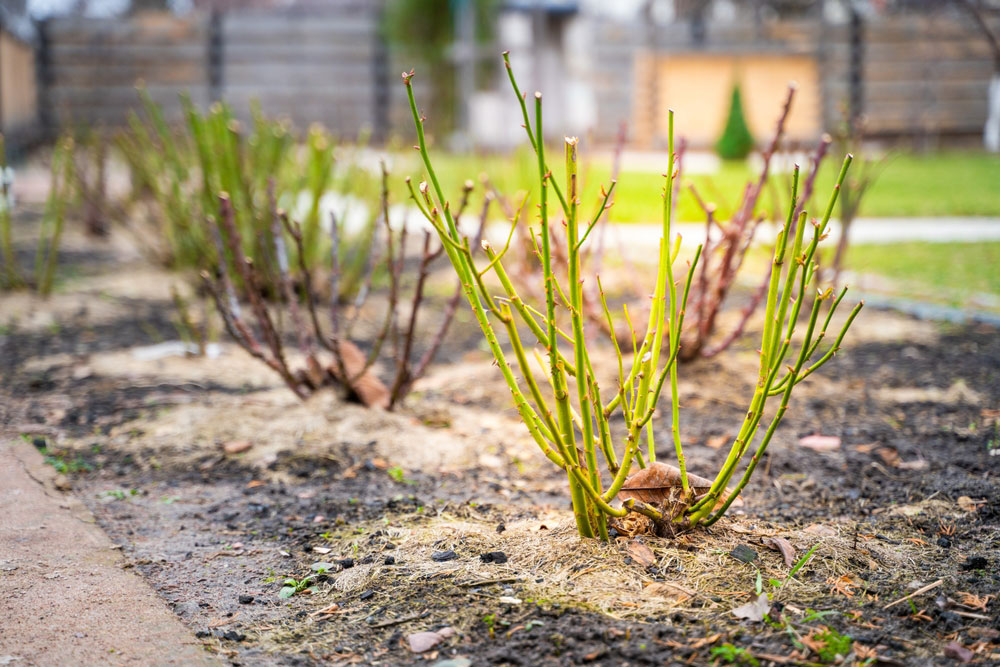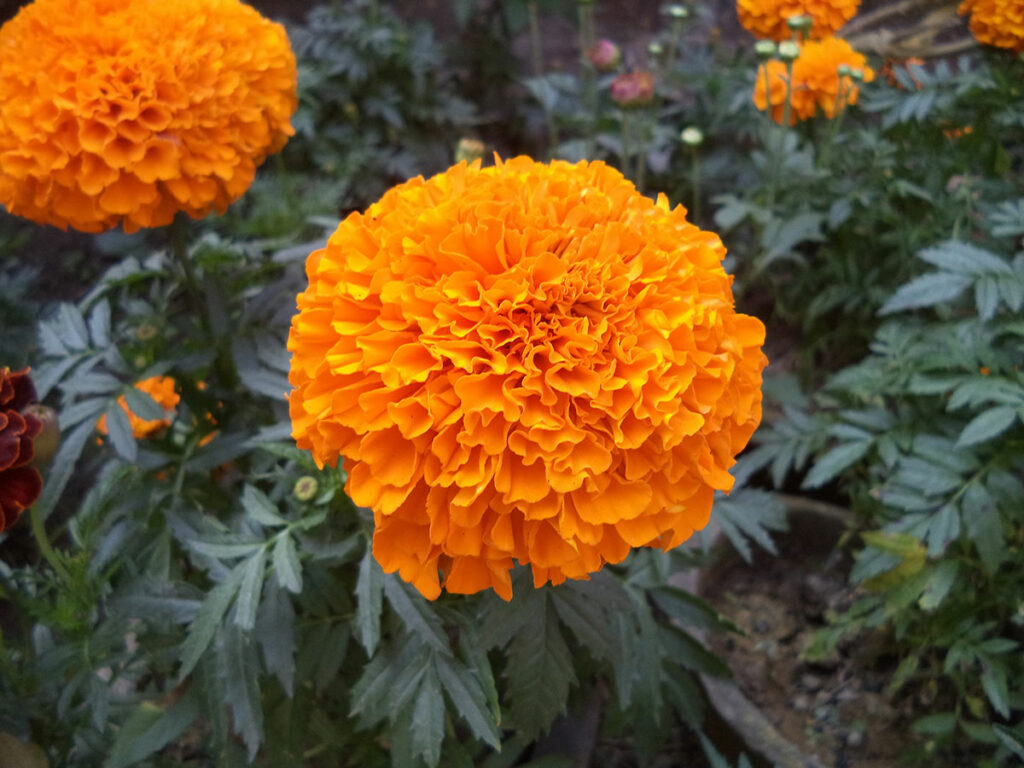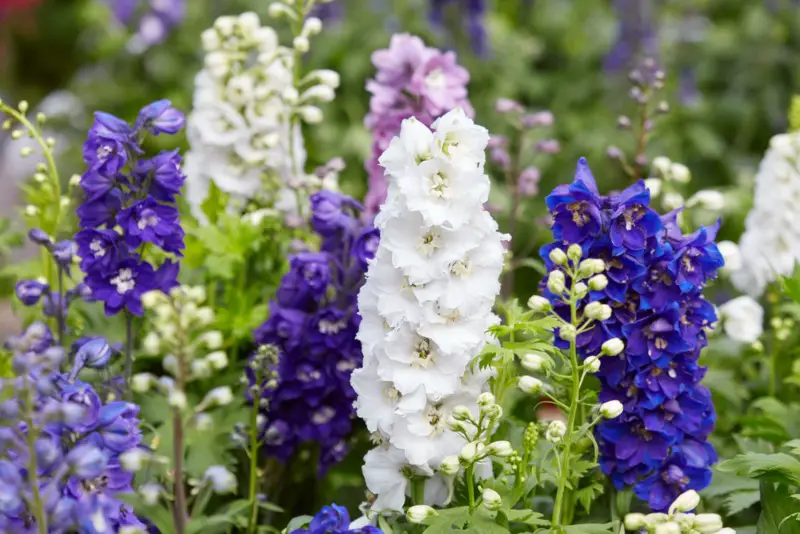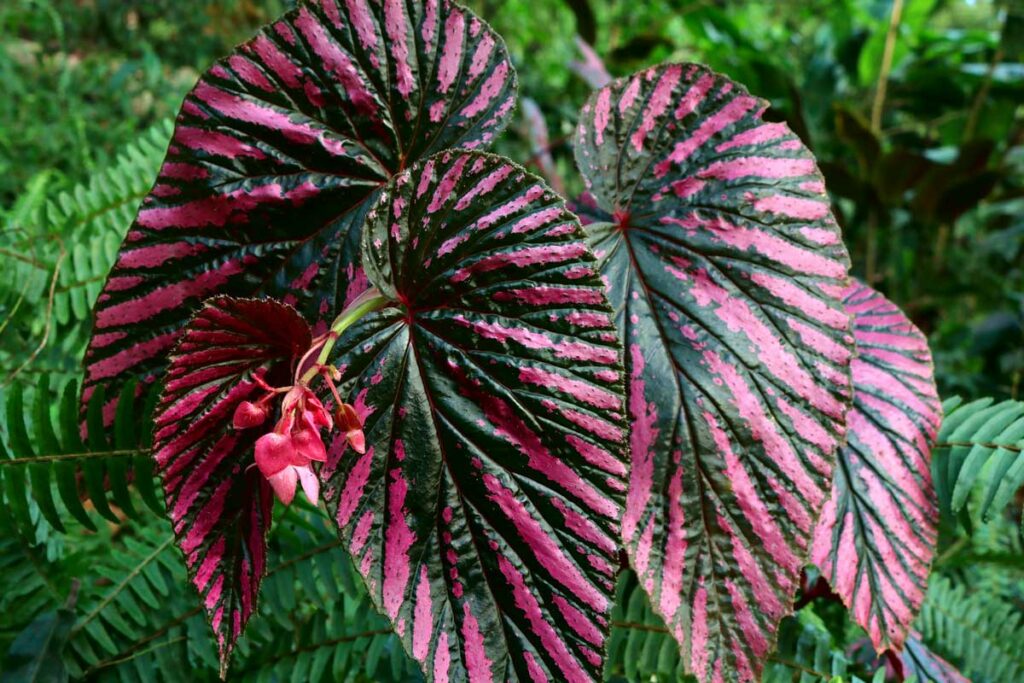We all love our houseplants for bringing a touch of nature indoors, but are you accidentally stressing your green companions by keeping them too cramped?
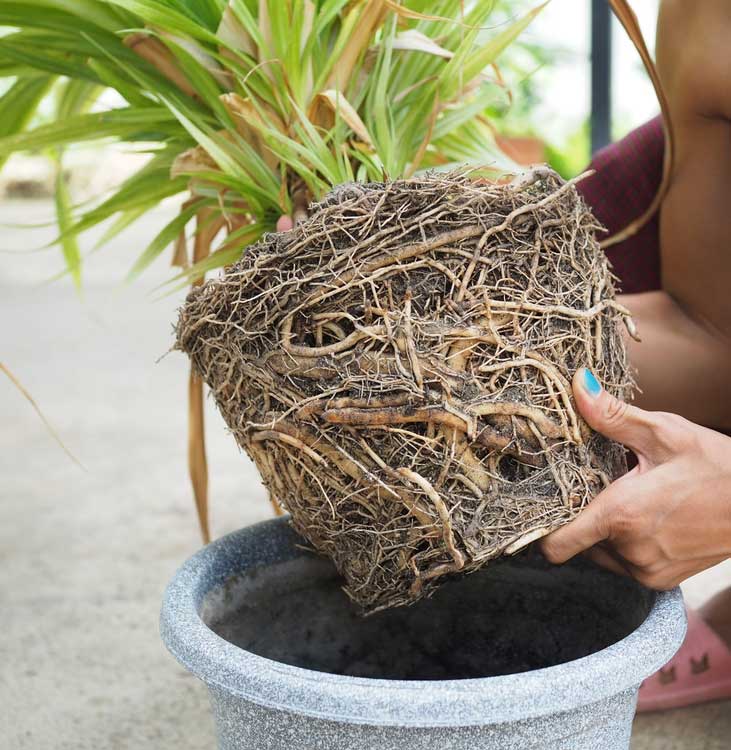
While some houseplants thrive when snug in their pots, others desperately need room to stretch their roots.
Today, we’ll look at 10 houseplants that hate being root-bound and how you can keep them healthy and thriving with proper pot space.
But what does “root-bound” mean, exactly? It’s when a plant’s roots have completely filled the pot, often circling around and around with nowhere else to go.
For some plants, this triggers flowering or improved stability, but for others, it’s like wearing shoes three sizes too small – uncomfortable and detrimental to their growth!
1. Monstera (Monstera deliciosa)
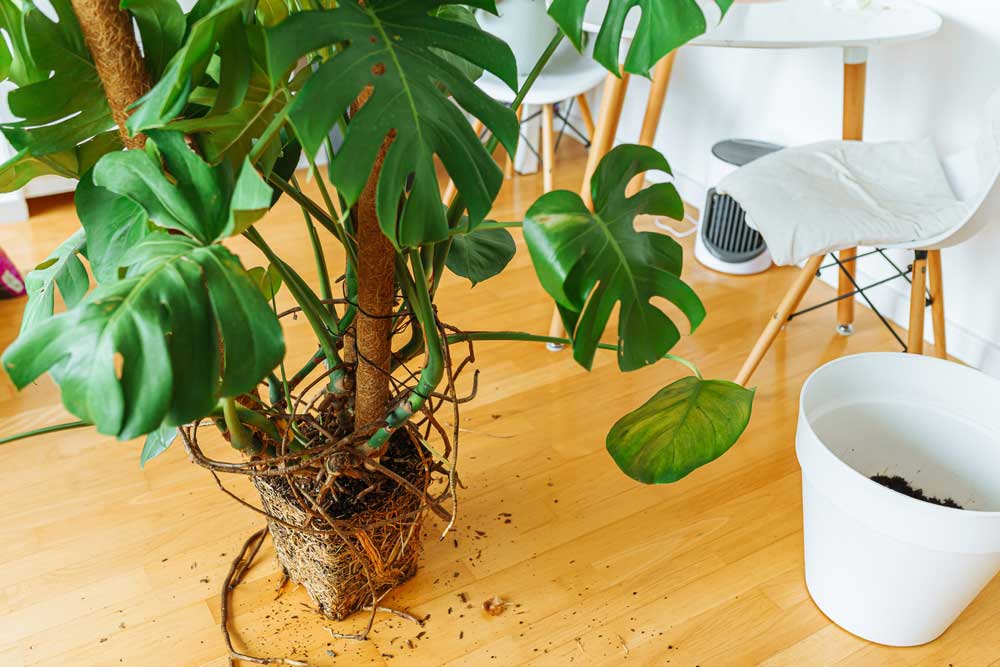
The Instagram-famous “Swiss cheese plant” needs room to grow those spectacular fenestrated leaves we all love. Monstera plants develop robust root systems that power their impressive aerial roots and support their eventually massive size.
When root-bound, a Monstera will show its displeasure through yellowing leaves, stunted growth, or smaller leaf production with less dramatic holes and splits. These tropical beauties appreciate repotting every 1-2 years into containers about 2-4 inches larger than their previous home.
If you’re looking to encourage those dramatic leaf splits, giving your Monstera adequate root space is just as important as providing bright, indirect light. While they can tolerate being slightly cramped for short periods, prolonged root restriction will significantly limit their magnificent potential.
2. Calathea (Prayer Plants)

The striking prayer plants with their daily leaf movements need space for their sensitive root systems. Calatheas use those roots not just for stability but for the precise water uptake that powers their famous leaf movements.
“Calatheas do not like to be root-bound,” plant experts often note, and they’ll quickly show their displeasure through curling leaves and brown edges. Their roots need room to spread and access consistent moisture without sitting in water.
While Calatheas aren’t the fastest growers in the houseplant world, they still benefit from repotting every 1-2 years to refresh their soil and provide adequate space. Use a container with drainage holes and a light, well-draining potting mix to keep these prayer plants lifting their leaves in praise.
3. Arrowhead Plant (Syngonium podophyllum)
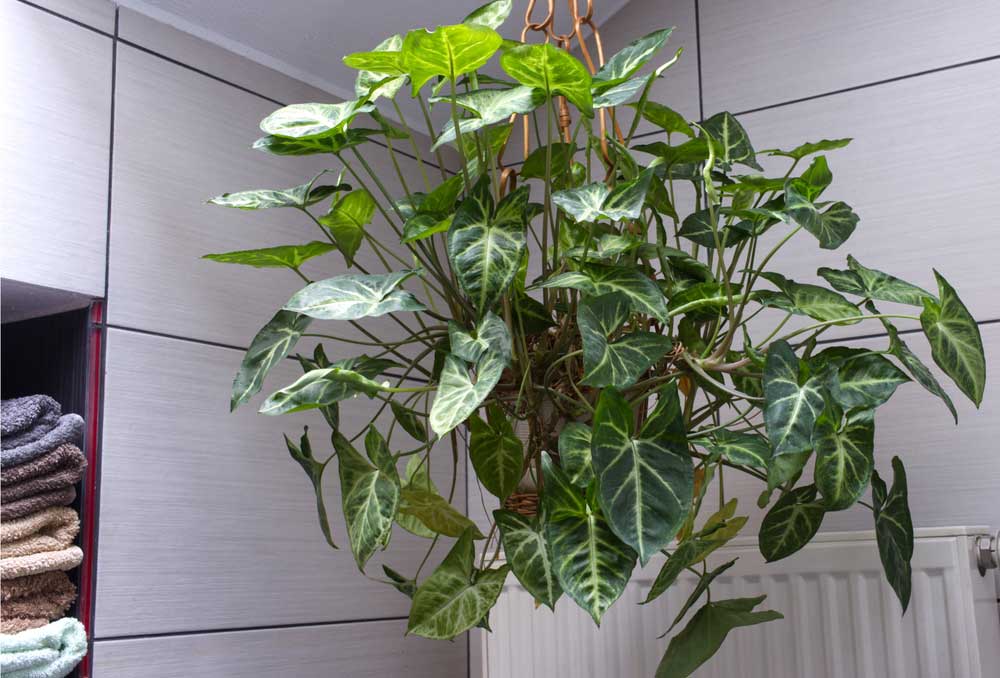
These popular houseplants start compact but can become vigorous climbers with impressive leaf size when given proper space. Young Arrowhead plants typically need annual repotting while they’re in their active growth phase.
Does the Arrowhead plant give clear signs when it’s root-bound? Absolutely! Look for slowed growth, smaller new leaves, or roots circling visibly at the pot’s surface or pushing out drainage holes. These are all cries for more space.
For nice-looking Arrowhead plants, repot them in spring using a container 1-2 inches larger in diameter than their previous home. This gives them room to develop their lush foliage while preventing the stress of excessive space.
4. Alocasia (Elephant Ears)
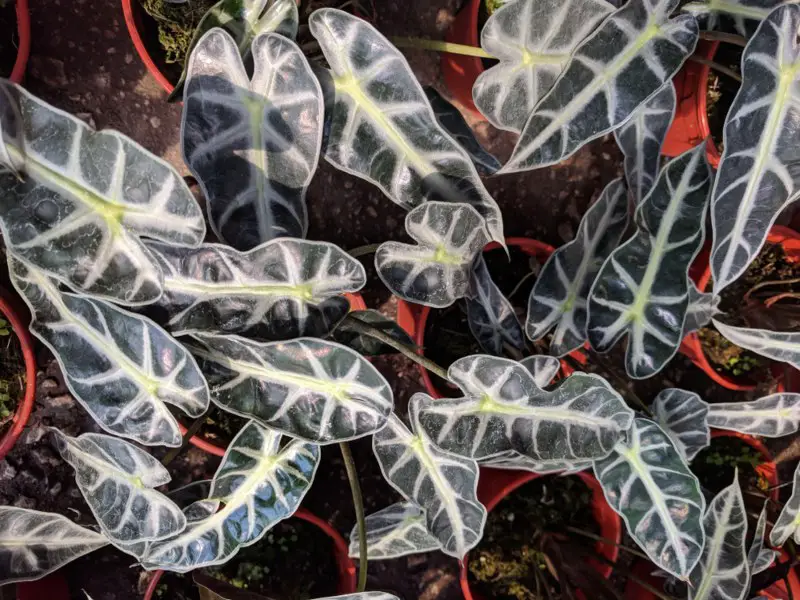
Alocasias are dramatic tropical plants with distinctive leaves, and they require ample root space to maintain their impressive appearance. These plants grow from corms or rhizomes that continuously expand, and when confined, their growth slows dramatically.
When root-bound, Alocasias often drop older leaves faster than they produce new ones, leading to a sparse, unhappy-looking plant. Their sensitive root systems can also become stressed when overly confined, making them more susceptible to pests and diseases.
If you’re looking to showcase these dramatic tropical specimens, plant them in containers with enough room for their rhizomes to spread, and be prepared to repot them annually during their active growing season.
5. Rubber Plant (Ficus elastica)
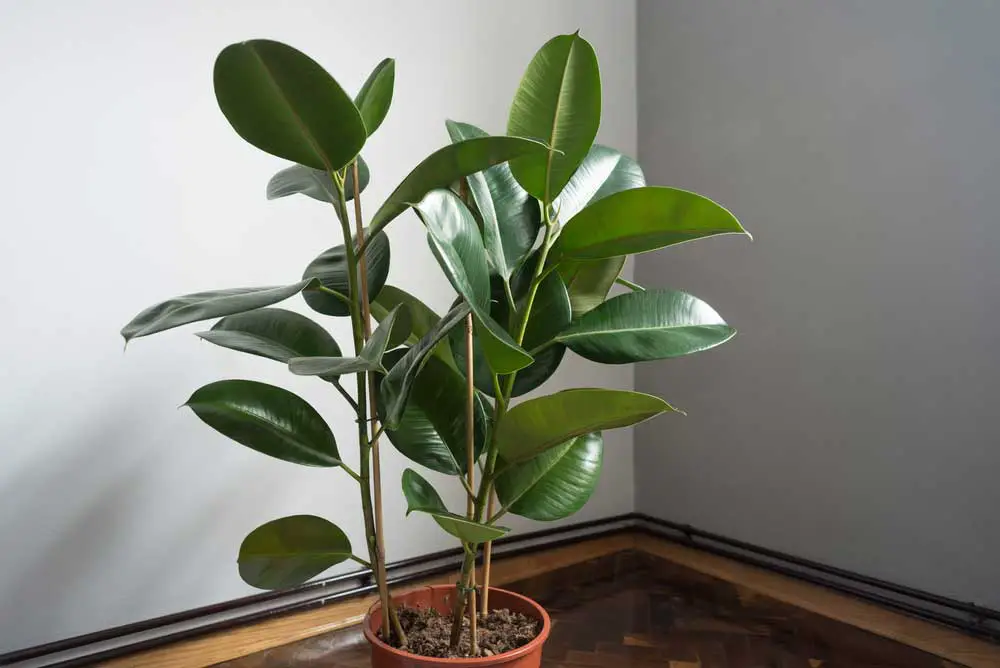
The popular rubber plant is actually a fast-growing tree in its natural habitat, and those growth instincts don’t disappear just because we bring it indoors! When rubber plants become root-bound, their large, glossy leaves become smaller, and growth slows significantly.
“A fast-growing rubber plant may need to be repotted every year until it reaches the height you want,” note plant experts. This isn’t just about space—it’s also about refreshing the soil nutrients these hungry plants need for their impressive growth.
While you can keep a rubber plant somewhat contained by limiting pot size, significant root restriction will stress the plant and potentially lead to leaf drop. Let’s give these beautiful plants the room they need to create those stunning glossy leaves!
6. Dieffenbachia (Dumb Cane)
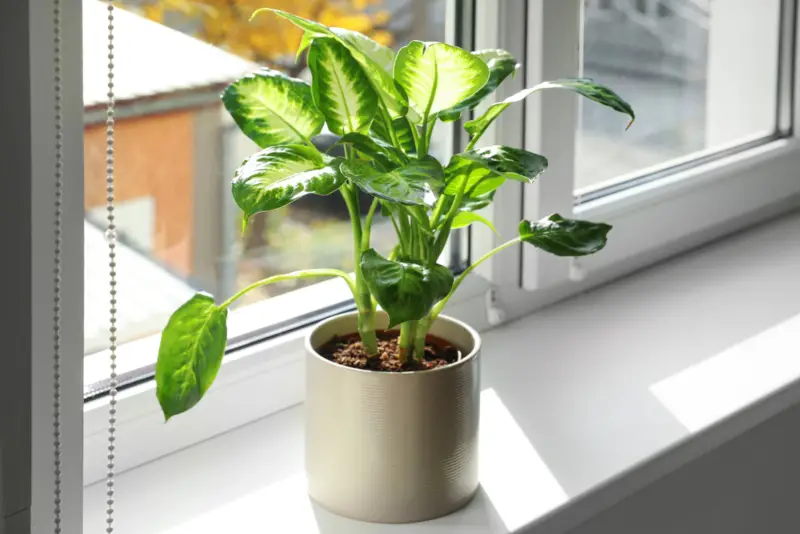
These popular foliage plants with their beautiful variegated leaves need regular repotting to maintain healthy growth. Dieffenbachias typically show their discomfort with being root-bound by slowing down or completely stopping new leaf production.
Dieffenbachias often need annual repotting as they are relatively fast growers with thick stems that require strong root support. When cramped, these plants can become unstable and top-heavy, sometimes even toppling over from lack of root anchoring.
Remember, while Dieffenbachias are lovely houseplants, their sap contains calcium oxalate crystals that can irritate skin and mouths, so wear gloves when repotting and keep them away from curious pets and children.
7. Money Tree (Pachira aquatica)
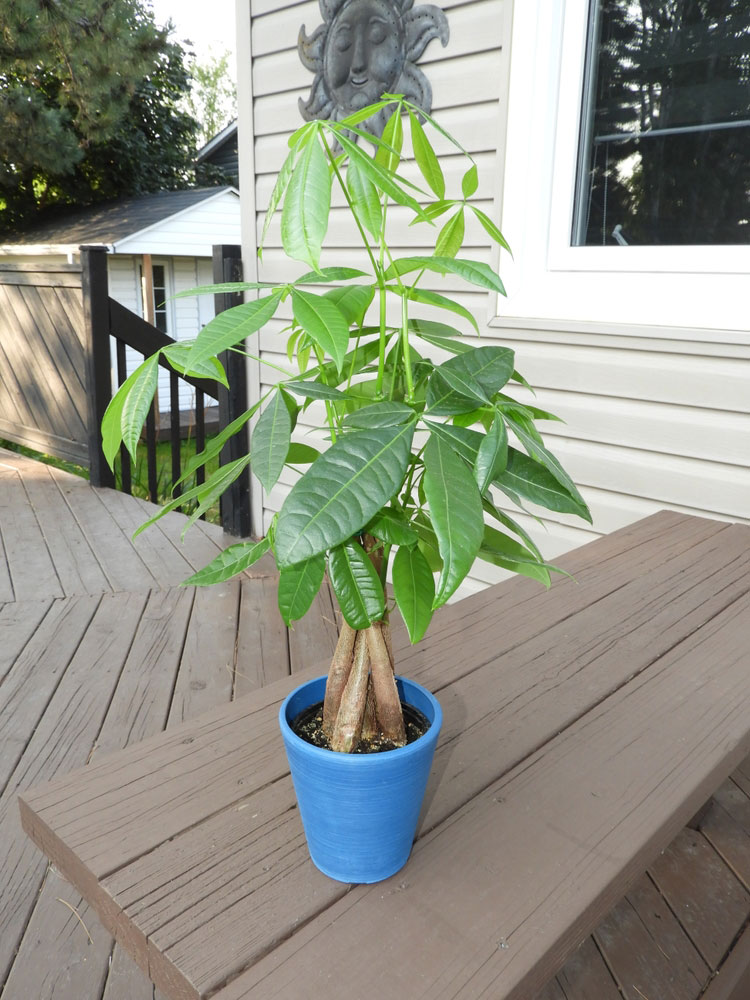
Despite what you might have heard about money trees liking to be root-bound, these plants actually benefit from having adequate root space, especially as they mature. Their iconic braided trunks need proper root support to stay healthy and upright.
Money trees show signs of root stress through yellowing or dropping leaves and decreased vigor. While they don’t need repotting as frequently as some others on our list, they should be moved to fresh soil and slightly larger pots every 2-3 years.
If you’re looking to maintain your money tree’s size, you can root prune it (carefully trimming back some roots) and return it to the same pot with fresh soil rather than constraining it in too small a container for too long.
8. Chinese Evergreen (Aglaonema)
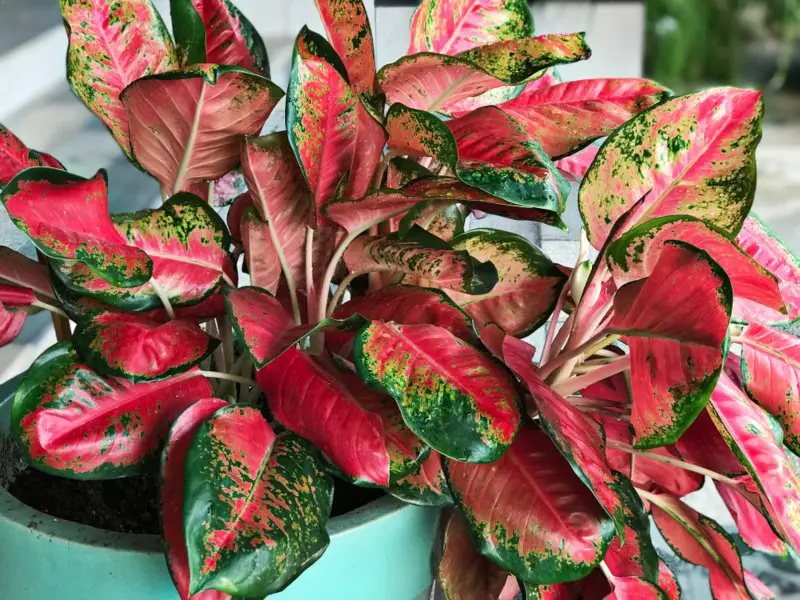
Though slower-growing than some houseplants, Aglaonemas still need repotting every 2-3 years. When root-bound, these popular plants can experience reduced growth and difficulty absorbing nutrients, causing their ornamental leaves to become smaller and less vibrant.
Chinese evergreens develop extensive root systems that need adequate space to support their foliage. When repotting, choose a container only 1-2 inches larger in diameter to prevent overwatering issues while still giving the roots room to spread.
And so, while Chinese evergreens are indeed tolerant plants that can survive some neglect, they’ll reward your attentiveness to their root space with more lush, colorful foliage.
9. Boston Fern (Nephrolepis exaltata)
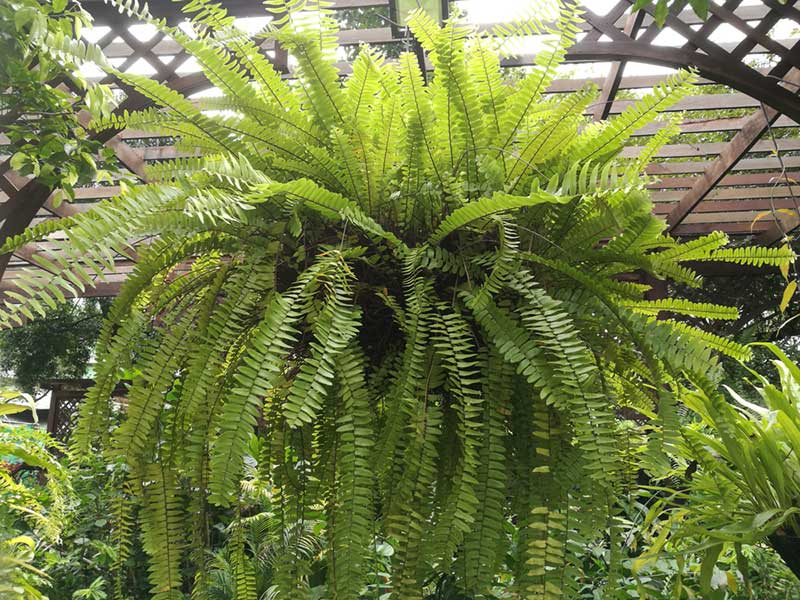
Boston ferns and many of their fern cousins dislike being root-bound, as their delicate root systems need adequate space and consistent moisture. When cramped, ferns often show signs of stress like frond browning and reduced growth.
These classic houseplants benefit from annual repotting to refresh their soil and provide space for their fibrous root systems. However, be gentle when repotting, as ferns have sensitive roots that can be damaged by rough handling.
In fact, Boston ferns in too-tight quarters will quickly lose their lush, full appearance that makes them so desirable as hanging plants. If your fern looks sparse or produces smaller fronds, check if it’s time for a roomier home!
10. Parlor Palm (Chamaedorea elegans)
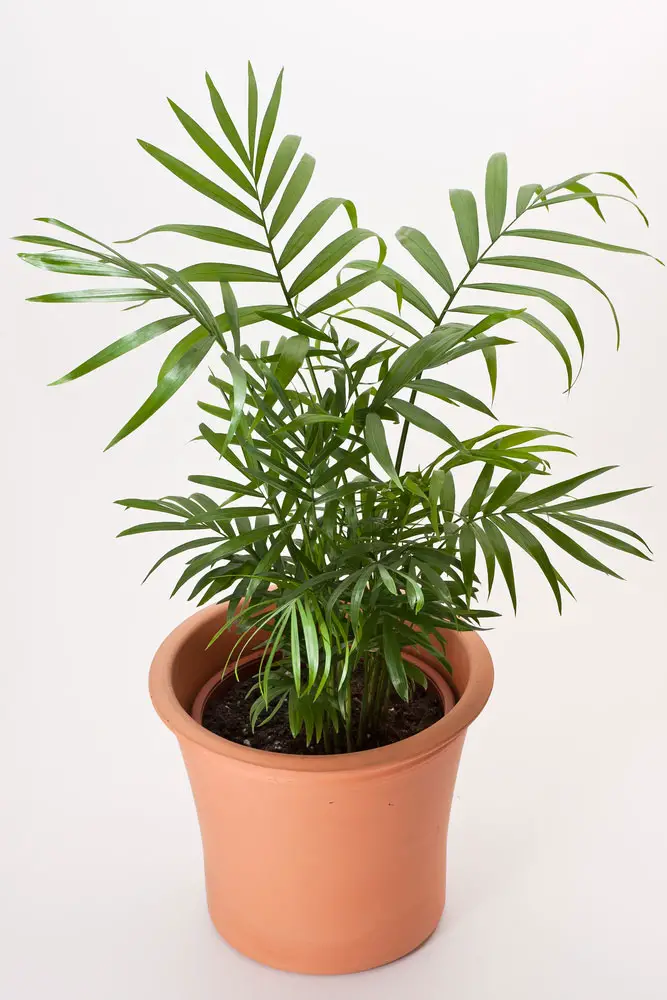
Unlike some palms that tolerate being root-bound, the parlor palm grows best when given adequate space for its roots. Though slow-growing, when root-bound for too long, these palms can struggle to take up water and nutrients effectively.
The first signs of a root-bound parlor palm include brown leaf tips, slowed growth, and water running straight through the pot without absorption. These elegant palms may need repotting only every 2-3 years, but don’t skip this important care task!
For nicely balanced parlor palms, choose containers that allow about an inch of space around the root ball when repotting. This gives them room to grow without the excess soil that could lead to overwatering issues.
Related Article: 5 Plants That Love Being Root-Bound (Plus 5 That Need Room to Grow)
Frequently Asked Questions About Root-Bound Plants
How can I tell if my plant is root-bound?
Look for roots circling the bottom of the pot or growing out of drainage holes. Other signs include water running straight through without absorption, slower growth, smaller leaves, or the plant becoming unstable in its pot.
What’s the best season for repotting houseplants?
Spring and early summer are ideal, as plants are entering their active growth phase and can recover more quickly from the stress of repotting. However, if a plant is severely root-bound, it’s better to repot it regardless of season than to leave it suffering.
Should I loosen the roots when repotting?
Yes! Gently tease apart the outer roots, especially if they’re circling. This encourages roots to grow outward into the new soil rather than continuing their circular pattern.
How much bigger should the new pot be?
For most houseplants, choose a pot only 1-2 inches larger in diameter than the current one. Too large a pot can lead to overwatering issues, as excess soil stays wet too long.
For fast-growing plants like Monstera, you might go up 2-4 inches if they’re very root-bound.
Conclusion
Remember, while these plants need room to grow, they don’t want to swim in excess soil either!
The goal is to provide adequate space for healthy root development without creating conditions for root rot.
With the right-sized pots and regular repotting schedule, you’ll have healthier, happier houseplants that show their appreciation through lush growth and vibrant foliage!

